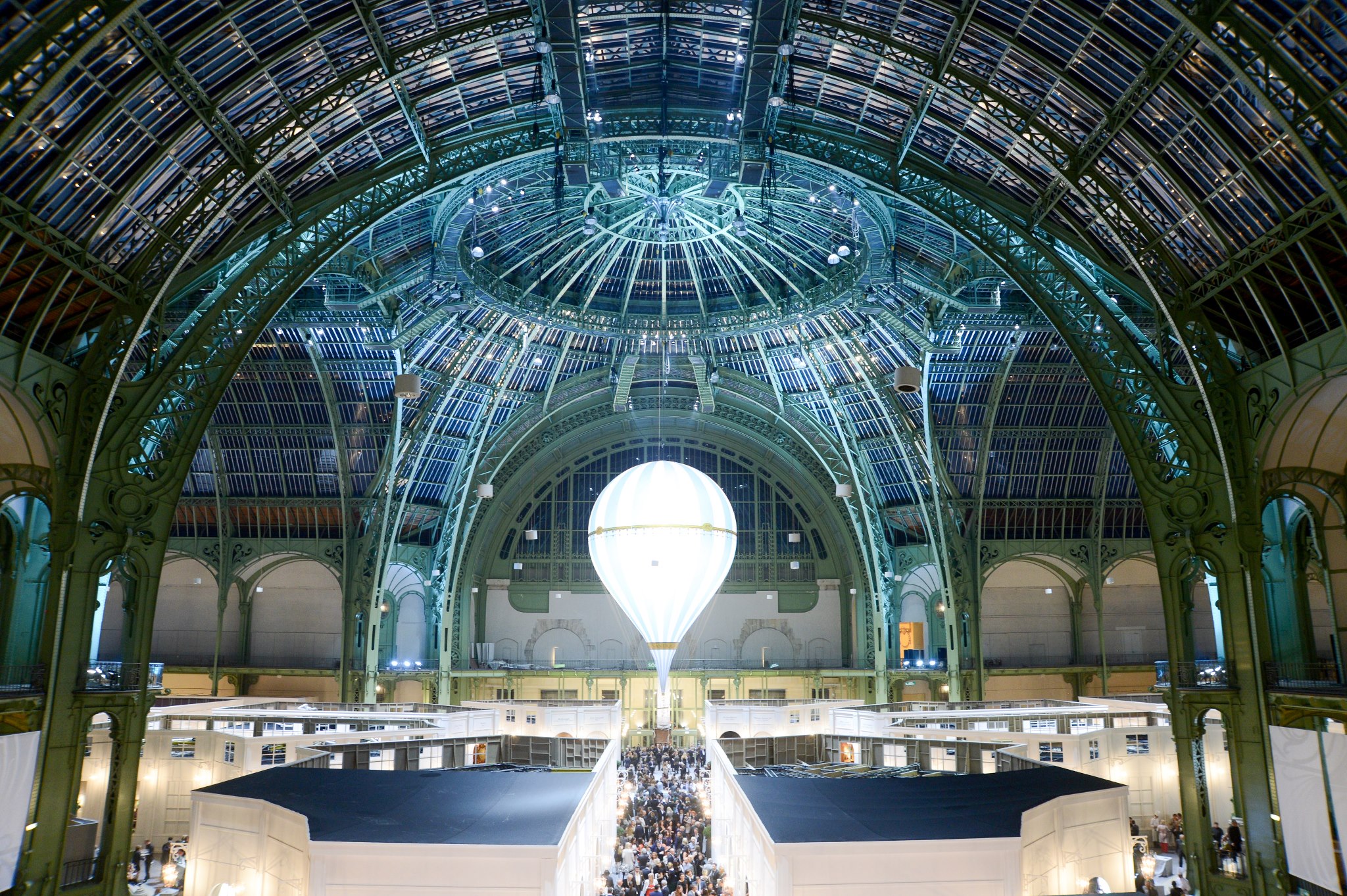The Fondation de la Haute Horlogerie (FHH) is hosting an exhibition within the Biennale Des Antiquaries called The Mastery of Time, a six part journey into the evolution of horology starting at the sundial and ending with the modern complications we admire today.
The Mastery of Time exhibition was inspired by a book of the same name by Dominique Fléchon, who looked at horology from both a historical and scientific standpoint as well as describing the process of creating timepieces.
This will not be the first time this exhibition has been held. Back in 2015 it was launched in Italy where it welcomed horology enthusiasts to the Ambrosian Library, an iconic venue in Milan.
The exhibition in Paris will take visitors through the history of time technology divided up into six chapters. The first, Horology, A Child of Astronomy From The Origins To The Late 13th Century, opens with 2400 BC pieces, moves on to the 4th Century where hands and dials came into play in conjunction with astronomy. It explores the role of Julius Caesar’s empire building on inventing better methods of marking time, and ends with a look at 13th century European mechanical clocks.
Following this is the second chapter which focuses on Clocks to watches between the 14th and 16th Centuries. This predominately looks at the period when clocks were viewed more as fine artworks, putting them on a par with jewellery as collectable objet first, and reliable timepieces second.
The third part of the exhibition looks at the growing precision within timepieces between the 16th and 18th centuries when the work of Copernicus marks a turning point in the history of thought and scientific progress. From 1500 to the late 18th century, aided by earlier discoveries, the making of timepieces reaped the benefits of fundamental inventions by such great minds as Galileo, Huygens, Hooke, and Fatio. It is during this chapter that watches gain much greater accuracy and the battle between fledgling watch companies to invent complications began.
The Industrial Revolution comes next and delves into the foundation of horology as an important industry in Europe, marked most memorably with the birth of the wristwatch, which made its first appearance in 1875. Manufacturing was dispersed across the UK France and Germany, but it was Switzerland that emerged strongest from this period.
The fifth and sixth chapters of the exhibition present more modern designs. Chapter five focuses on the growing popularity of quartz and the unprecedented precision of the atomic clock. From 2000 to the present day we have a revival of the wristwatch as a collectable and respected art form, while at the same time maintaining precise timekeeping and creating ever-more impressive complications.
Biennale Des Antiquaires has described the horological exhibition as “a journey through time in six parts, which bring to life the milestones in this constant quest to master time”.
The Biennale Des Antiquaires runs September 10-18. Tickets start at €35.00 per person.

